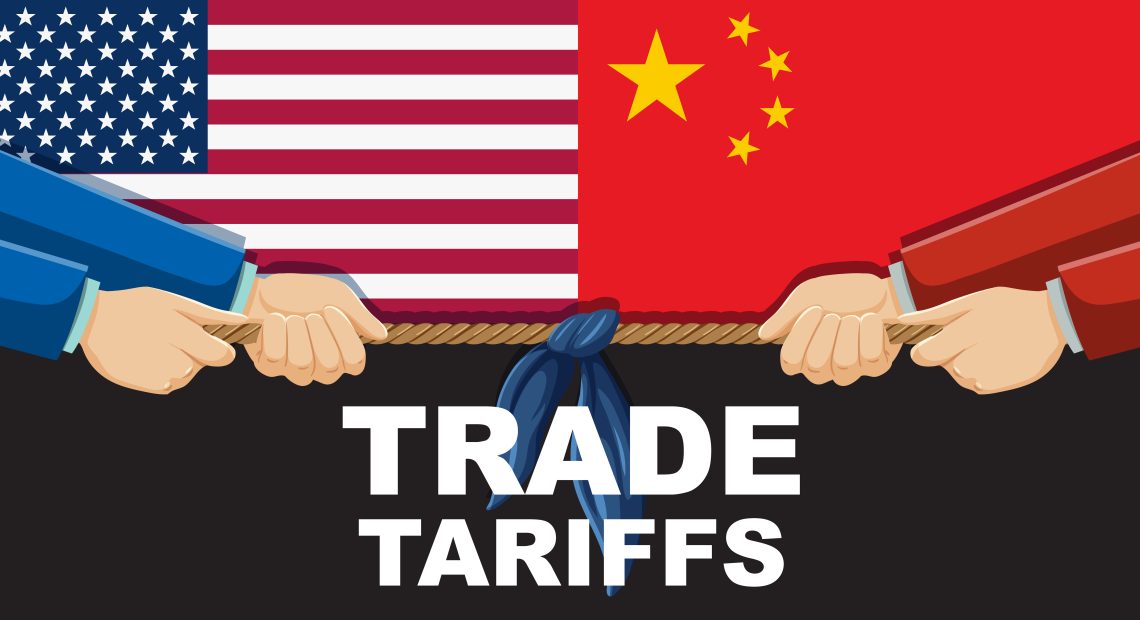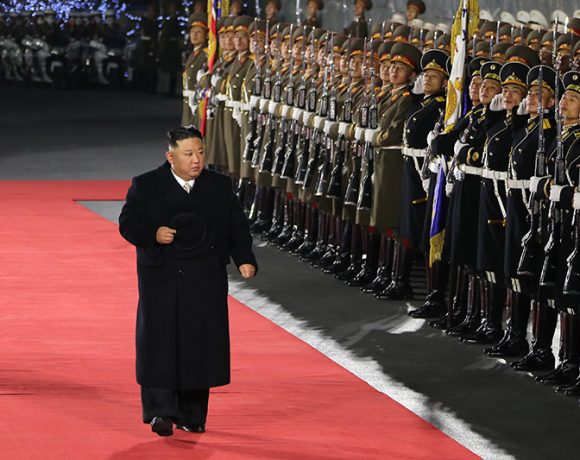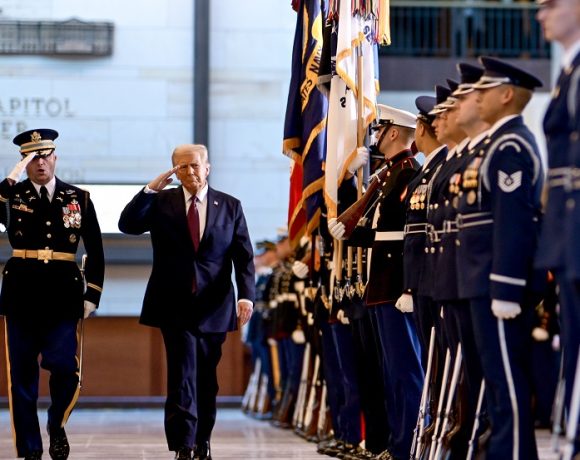
US-China Reach Trade Truce, Launch New Consultation Platform
In a notable turn toward de-escalation, the United States and China have agreed to soften their ongoing tariff war. After two days of negotiations, both countries consented to launch a joint economic and trade consultation platform aimed at resolving trade disputes and fostering mutual cooperation. The agreement is being hailed as a constructive step toward restoring stability in bilateral economic relations.
Top officials from both sides reiterated the importance of sustained dialogue and mutual respect. China’s Vice Premier underscored the need for solutions based on equal consultation, while U.S. Treasury Secretary confirmed that specifics of the deal would be made public shortly.
Economic Consultation Platform to Prevent Escalation
The core outcome of this engagement is the establishment of a permanent economic consultation mechanism. This body will serve as a formal channel for continuous dialogue on trade, investment, and related issues, designed to pre-empt future confrontations and manage disputes effectively.
U.S. Trade Representative officials noted that the underlying differences between the two economies may not be as irreconcilable as previously assumed. With both sides showing readiness for constructive negotiation, the new platform is expected to institutionalize problem-solving and deepen economic engagement.
Global Markets React Positively
The announcement of a truce and the new mechanism sparked optimism in global markets. Stock indices saw an uptick and investor sentiment improved as concerns over prolonged economic conflict eased. The thawing of trade tensions is expected to bring relief to industries impacted by tariffs and to restore momentum in disrupted supply chains.
Looking forward, both nations have committed to regular high-level discussions and outlined their intent to strengthen long-term economic ties. The full details of the agreement are expected to be released soon, providing clarity on tariff rollbacks, sectoral cooperation, and structural reforms.

















